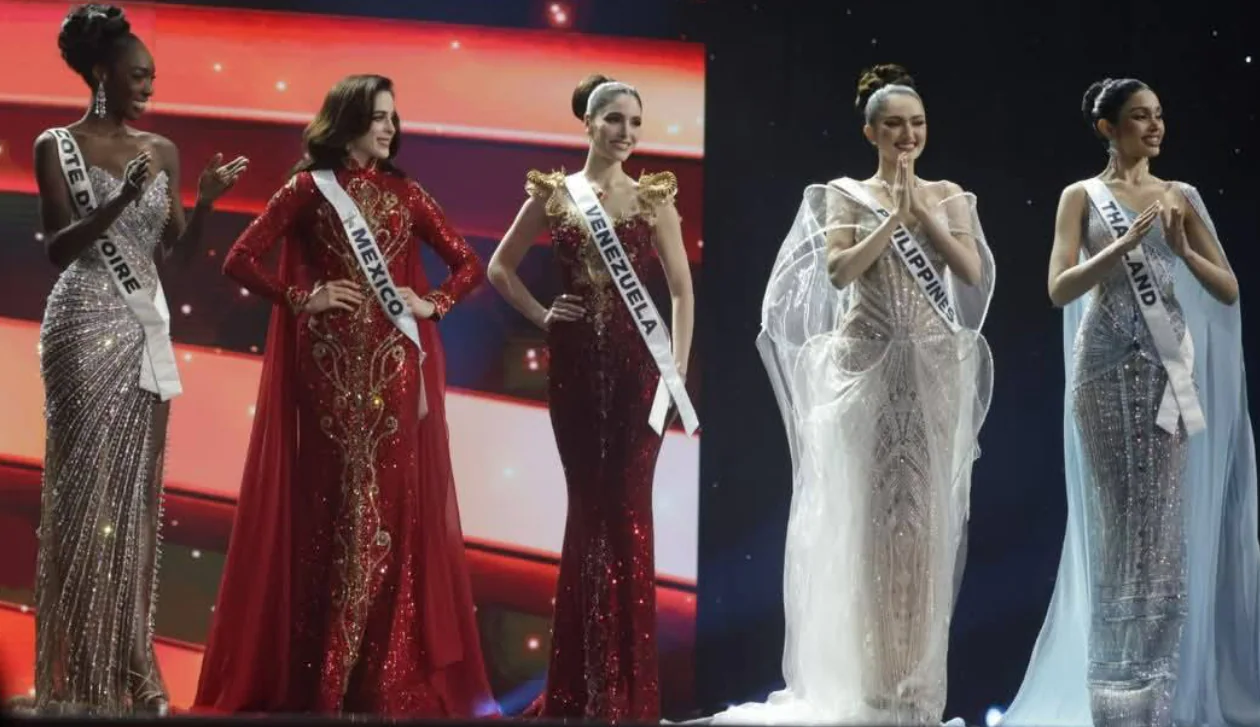Jakarta — The Miss Universe 2025 pageant highlighted not only beauty and creativity but also the cultural intersections of South and Southeast Asia. National costumes from Pakistan, Bangladesh, and Indonesia drew attention for their shared historical and artistic roots connected to India.
Pakistan’s costume incorporated motifs from Mughal heritage, blending Islamic artistry with South Asian textile traditions. Bangladesh emphasized its rich weaving legacy, particularly Jamdani, which historically flourished under cultural exchanges with India. Indonesia’s ensemble showcased batik and Hindu‑Buddhist iconography, reflecting centuries of interaction across the Indian Ocean.
Analysts note that these costumes are more than aesthetic choices. They symbolize the intertwined histories of trade, religion, and migration that shaped the region. From the spread of Sanskrit and Pali to textile innovations, the cultural DNA of South and Southeast Asia remains deeply interconnected.
The resonance of Indian influence is undeniable. Yet, each country adapted these elements into unique national identities. Pakistan emphasized Islamic refinement, Bangladesh highlighted artisanal resilience, and Indonesia fused local traditions with global recognition of batik as UNESCO heritage.
Observers argue that such displays at Miss Universe serve as soft power tools. They project cultural diplomacy, reminding audiences worldwide that national identity is often built upon shared legacies rather than isolated narratives.
Ultimately, the 2025 pageant costumes illustrate how geopolitics and culture intersect. By embracing shared roots while asserting distinct identities, Pakistan, Bangladesh, and Indonesia demonstrated that cultural heritage can be both a unifying force and a marker of national pride.









